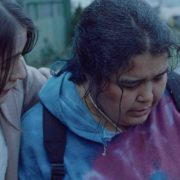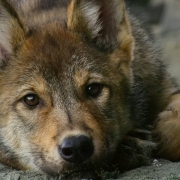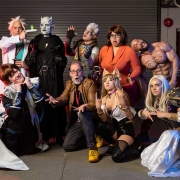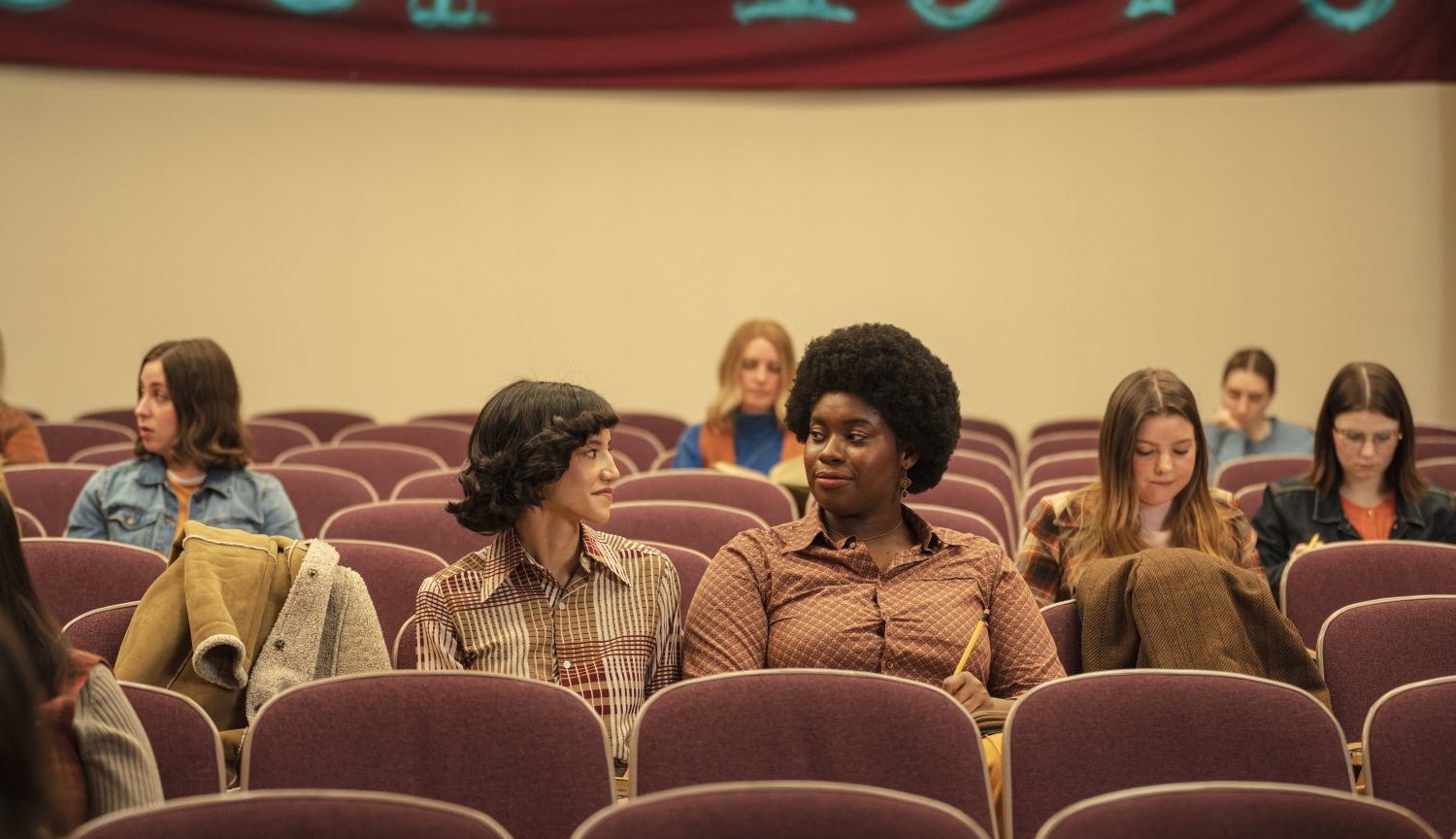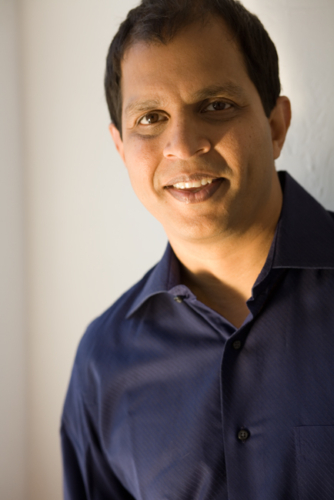
Photo: Linda Mackie
Mel D’Souza is an Executive Producer, a Creative Producer, and ex-television executive who was born in Bombay, India and raised in Vancouver. He oversees SILO Entertainment, a content development and rights-holding company which was founded in 2005. He has lived and worked all over the world having spent time in London, Hong Kong and India but is happy to call Vancouver home. Mel has held positions with a number of large and small media and entertainment companies and has produced a number of projects broadcast nationally and internationally including a Bollywood feature, and eight documentaries.
The O-Show was produced as part of the STORYHIVE Local Heroes Documentary Edition and released in 2021. It won the Documentary Organization of Canada Award for Best Documentary, and the Vancouver Post Alliance Award for Best Editing at the Vancouver Short Film Festival. What can you tell us about producing The O-Show?
The entire STORYHIVE platform is pretty amazing. It’s a great opportunity for creators to work with a broadcaster, which can give them first-hand production experience, along with an on-screen credit. STORYHIVE is a platform for new voices, diverse voices, because it’s there to help support the content creator who might be looking to gain the experience that will allow them to take their career to the next phase. And its pretty cool to see your final project on screen. STORYHIVE is effective at that.
If you look at the creators’ network they’ve built, it’s phenomenal. It’s made up of creators from Alberta, and B.C.. It’s an amazing network that helps a content lead build their production team. It connects everybody. STORYHIVE announces around 3 or 4 programs a year, which can fund selected creators to produce their project. The program we that we tapped was the STORYHIVE Local Heroes Edition.
I’ve known Sharad Kharé, the director of The O-Show, for over 20 years. Sharad had not produced anything for broadcast before, but he’s super talented. Under his company Human Biography he’s been creating profiles and stories about people from the likes of Meryl Streep to the Dalai Lama and everyone in-between. He’s been doing that for over 10 years. He had the talent, the ability and the creative flare to do something special and so I told him about the STORYHIVE program. The main reason I wanted to do this with Sharad was because I believed he was able to create content for broadcast. He’d just never had that opportunity, or maybe he’d never focused on that opportunity before. STORYHIVE isn’t only about creating content, its more about offering someone a chance to produce something in a structured environment, that will eventually be broadcast.
So we went for it, and Sharad came up with this amazing person he knew, Orene Askew (aka DJ O-Show), who we focused on for the 20 minute documentary. She’s a multi-faceted dynamic individual and I recall thinking, ‘let’s tell her story the way Sharad tells stories’.
[su_youtube url=”https://www.youtube.com/watch?v=G9jp50_Mix0″ width=”700″ title=”The O-Show Trailer”]
STORYHIVE gave us the platform, Creative BC was there to help support us with an additional funding top-up and I think we knocked it out of the park. It’s screened at 11 festivals in Canada and around the world. We won best doc and best editing at VSFF, and it was awarded at three other festivals.
I think STORYHIVE was the perfect platform in this case to allow for someone to work within a structure, even though they had the talent and experience of producing content, but for something structured towards broadcast or towards a wider audience.
How is the landscape changing for motion pictures with diverse subjects? What can you tell us about the evolvement of diversity and inclusion in motion picture?
The focus of this STORYHIVE program was ‘Local Heroes’, and Orene definitely is one. As an individual she represents diversity on so many levels. She’s Black, she’s Indigenous, she’s Two-Spirit, she’s LGBTQ, and all of that is represented in one person. She also has all these other things going for her that make her even more dynamic: she was on the council for the Squamish Nation, she’s a DJ, she mentors younger people. All this combined made for the perfect subject matter to tell her story. Orene is not only the most incredible subject to represent diversity and inclusion and her story on screen, but it also fell within something I’ve been trying to focus on and finally am able to do: more diverse stories.
I’ve spent almost 30 years in this industry. 15 years ago, I’d be the only brown guy on set. Today, as an industry we’re addressing the lack of diverse talent both in front and behind the screen. Diverse talent is missing because they weren’t really invited to be part of the industry. This has changed over the past few years, after the #BlackLivesMatter movement and everything that went down in the US, along with the #OscarsSoWhite campaign. These two movements caused a massive shift in Hollywood but it took a few more years for that shift to happen in the Canadian content sector.
In 2020 I decided to do some research on where the Canadian media and entertainment business was and compared it to what was happening in the US. I was shocked that American studios had a lot more diversity at the board and at the senior executive decision-making levels, compared to what the top-five Canadian media organizations had. By 2020-21, we started seeing some results, mostly driven by policy and program changes made by our two biggest funding agencies – the CMF and Telefilm. Both organizations openly stated that systemic racism existed in the Canadian film and TV industry. Once this was openly stated, it had to be addressed and fixed.
I think everything that has been done over the past year and a half is setting a new direction for our industry and for the people who work in it. The bigger task will be to make a shift so there’s more representation at the senior decision-making levels but at least we’re seeing some progress. It’s a start and there’s a lot of work yet to be done. I feel once we start seeing real diversity and representation at the board and senior decision-making levels, will we start seeing real and lasting change that in-turn will be reflected in the sort of content we see on our screens. Content by diverse creators, which can speak to a wider Canadian audience, and perhaps even a global audience as well. The end game is pretty simple, really. I hope for a more equitable playing field for everyone to compete at the same level. That’s really all we need!
You’ve said content is what matters to you, and you aim to reach diverse audiences all around the world. What do you do to develop and produce content for a global diverse audience?
In my 30 years of being in this industry, I’ve spent half of it overseas as a senior executive in the television business. That really shaped my attitude about creating content that works with a broader audience as opposed to just an audience in Canada.
I think the Canadian development and production funding system is second to none. Our talent and infrastructure is world class. My issue is that a huge percentage of the content made here is service work for mostly US studios and production companies. It’s not about creating the content and getting behind that content as a creator. Only when we move in this direction will we truly be content creators and more importantly, own the IP. We have one of the biggest opportunities to create original content in Vancouver. Canada is made up of people from around the world. We already have a global audience right here, we just need to start creating original content that appeals to a broader Canadian demographic – more diverse creators, creating more diverse content.
Cut to 2022 what’s reshaping our industry, is the global streamers: Amazon, HULU, Netflix, DisneyPlus, etc. They’re commissioning content from different corners of the world, that they hope works for a specific market or region, and also a global audience. We have an advantage in Canada to start creating globally relevant content since we have such a diverse population.
When I do get behind a project to develop it or to create it, I approach it wearing a combination of my producer’s hat and broadcaster’s hat. One of my first decisions is who’s going to watch it. It’s a good time to look at content ideas by first understanding who the potential audience is, before you really get behind it. Understanding your audience is a major factor in creating content today. That’s the approach I take. I think we’ve been a little behind in realizing there’s a big audience beyond our Canadian shores and now we have the platforms to reach them. Diverse creators, creating diverse content is what’s needed today.
What can you tell us about Silo Entertainment’s upcoming project, The Manus 4 (working title)?
We’ve been in production with The Manus 4 since November and everything is going well. We pitched TELUS over two years ago with this project and they really liked it. It’s a TELUS Original which I’m proud of because they only commission a limited number of documentaries per year, and we’re one of them.
This was pre-pandemic, and then suddenly the pandemic started hitting. We were supposed to be filming in Norway, New Zealand, and other locations outside of Canada, so we had to rethink how we were going to do this. We took a couple of months and re-strategized and we went back to TELUS to propose sending mobile kits to all our characters outside of Vancouver. It’s a documentary so we decided to go with self-generated content from our characters abroad, to have the agency to tell us about their lives. This idea worked well for TELUS, and they got support from Samsung to produce our mobile kits. It all ended up working well in terms of production. We have a delivery for August, and I think we’re going to achieve that.
How have you overcome the challenges of producing in the wake of COVID-19?
I think it’s fair to say no one has that experience, you learn as you go. Obviously, we had the production protocols and they set all the decisions for what we could or couldn’t do. We’re not putting a crew into an environment if it doesn’t meet production protocols, or if their safety was a factor.
We had to adapt to the realities of filming during COVID-19. I’m really happy the safety protocols were there because they gave us a guiding light so to speak, and then we worked within them. We’re a small production team so it’s manageable but it’s still challenging. It’s also a documentary, so control is a lot easier than say a large series or feature with two, three hundred people working on a set or location. It’s easier to control when you’ve got a smaller team for sure. I think the best way to convey how we’re dealing with the challenges is: we’re learning as we go!

